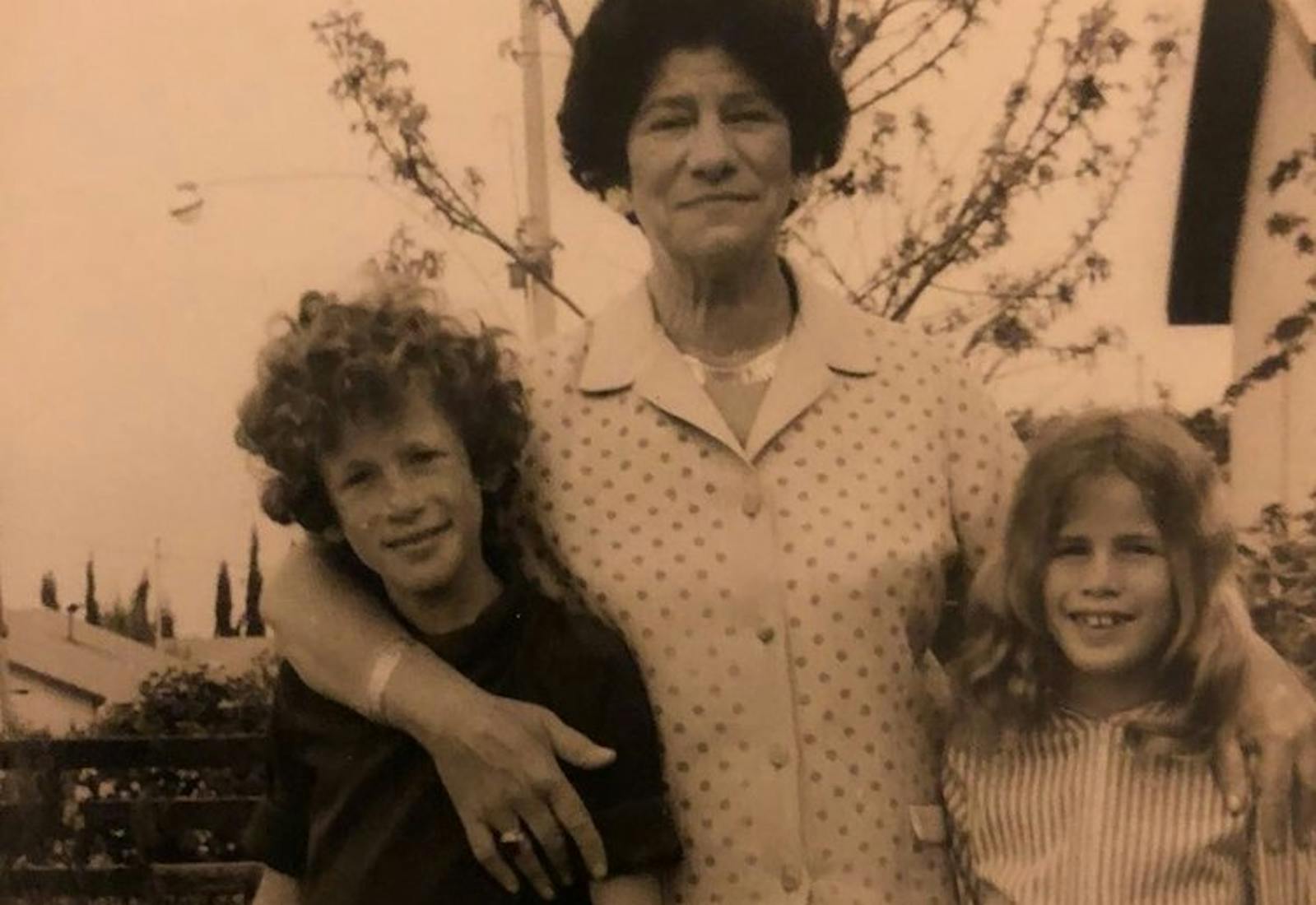Shared by Uri Scheft sharing his grandmother Esther Scheftelowitz's recipe


Read more about Uri Scheft in “An Israeli Baker Finds His Danish Roots” and try his recipe for challah.
“The joke in the family is that they didn’t have enough money to get to the States,” baker and cookbook author Uri Scheft says about his father’s parents who left Poland as children. They only had enough to make it as far as Denmark. “But they don’t regret it.”
Uri and his sister Dina with Grandma Esther during her annual visit to Israel for Passover, 1972.
They brought with them Polish traditions and holiday recipes. Among the trove was a fruit compote, made with dried apples, apricots, prunes and lemon. When Uri’s parents married, it was left to his paternal grandmother Esther to teach Uri’s mom, who was raised in a more secular family, to make the family holiday recipes, including, of course, the Passover compote.
The recipe ultimately became hers. Even after a move to Israel from Copenhagen, it remains her signature dessert for Passover. “Every seder we make one big portion,” he explains, so the leftovers can be nibbled on throughout the week. It’s surprisingly light, which is welcome, “especially after a heavy meal” he says. It’s served very cold and with no passover cake or cookies alongside it. This is what defines the end of the meal in their family.
Over the years, his mother experimented with the Seder menu, adding salads to accommodate the vegetarians in the family. But, “Two days ago I called my mom and I asked ‘How can I help with the dinner?’” His mother responded that, for the first time in years, she will be serving a thoroughly traditional menu, which in Uri’s family means chopped liver, chicken soup with kneidlach, brisket, and gefilte fish and horseradish. “And the gefilte fish -- this is hard core. Don’t f*ck with tradition,” Uri says.
The same can be said for the compote.